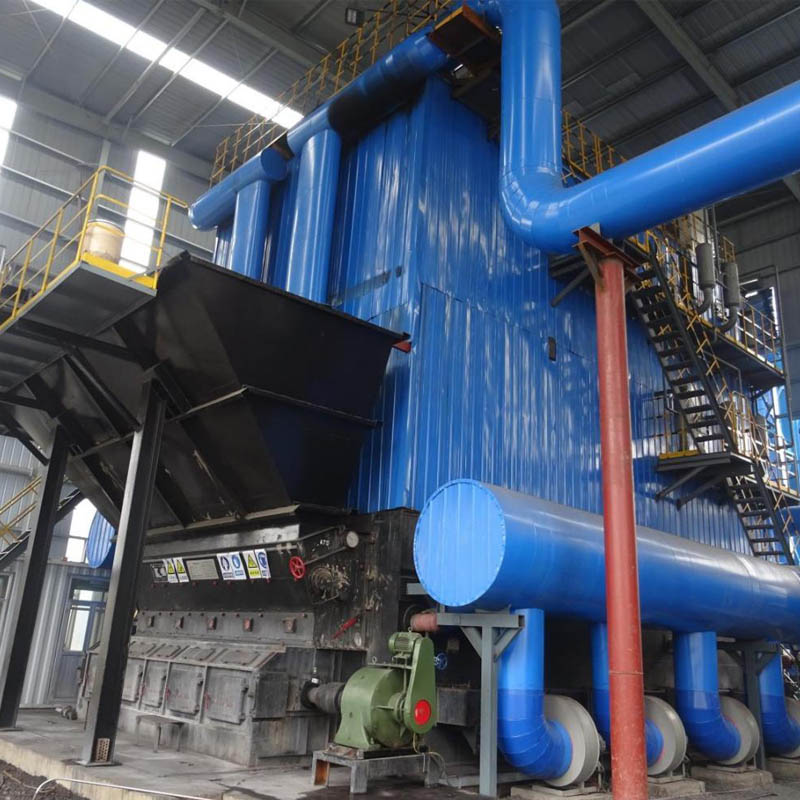
Nov . 03, 2024 21:48 Back to list
steam boiler not working
Troubleshooting a Non-Functioning Steam Boiler
A steam boiler is a crucial component in many industrial and residential applications, providing heat and hot water for various processes. When a steam boiler stops working, it can disrupt operations and lead to significant inconveniences. Understanding the common issues that can cause a steam boiler to fail can help you diagnose the problem and take appropriate actions. Here are some of the most prevalent reasons why a steam boiler might not be functioning properly and how you can troubleshoot these issues.
The first step in troubleshooting a non-functioning steam boiler is to ensure that it is receiving power. Check the electrical connections, circuit breakers, and fuses. If there is a power outage or if a breaker has tripped, the boiler will not activate. Ensure that the power is restored and that all electrical components appear to be in good condition.
2. Inspect the Water Level
A steam boiler needs an adequate water level to operate efficiently. If the water level is too low, the boiler may not function. Inspect the gauge to check the water level. If it is low, you may need to add water to the system. However, do not overfill the boiler, as this can cause damage. Look for any leaks in the system that could be leading to a loss of water.
3. Examine the Pressure Levels
Steam boilers operate under specific pressure conditions. If the pressure is too low, the system will not generate steam. Conversely, if the pressure is too high, the boiler may shut down as a safety precaution. Use the pressure gauge to determine the current pressure levels and adjust them as necessary using the boiler's pressure control settings.
steam boiler not working

4. Check Safety Valves and Controls
Safety valves and controls are critical to the safe operation of a steam boiler. If these components malfunction, the boiler may shut down. Inspect the safety valves to ensure they are functioning properly and not stuck. Additionally, check other control systems that regulate the temperature and pressure within the boiler. Any faulty controls should be replaced or repaired.
5. Inspect for Blockages
Blockages within the boiler system can prevent proper steam generation. Inspect the boiler pipes and vents for any signs of blockage, such as corrosion, debris, or buildup. Clear any obstructions to allow for smooth operation. Regular maintenance can help minimize the risk of blockages developing in the first place.
6. Review Maintenance History
Finally, consider the maintenance history of the boiler. Regular maintenance is essential for the reliable operation of steam boilers. If the boiler has not been serviced regularly, it may be time to schedule a professional inspection. Routine maintenance can uncover potential issues before they become significant problems.
Conclusion
A steam boiler that is not working can be a significant issue, but troubleshooting can often pinpoint the problem. By checking the power supply, water levels, pressure, safety valves, and potential blockages, you can identify common issues that affect boiler performance. If you are unable to resolve the problem, it may be necessary to contact a qualified technician for a more comprehensive inspection and repair. Remember that regular maintenance is key to preventing issues in the future and ensuring that your steam boiler operates efficiently when you need it most.
-
High-Efficiency Commercial Oil Fired Steam Boiler for Industry
NewsJul.30,2025
-
High-Efficiency Biomass Fired Thermal Oil Boiler Solutions
NewsJul.30,2025
-
High Efficiency Gas Fired Thermal Oil Boiler for Industrial Heating
NewsJul.29,2025
-
High-Efficiency Gas Fired Hot Water Boiler for Sale – Reliable & Affordable
NewsJul.29,2025
-
High Efficiency Biomass Fired Hot Water Boiler for Industrial and Commercial Use
NewsJul.29,2025
-
High-Efficiency Biomass Fired Hot Water Boiler for Industrial Use
NewsJul.28,2025
Related PRODUCTS






















